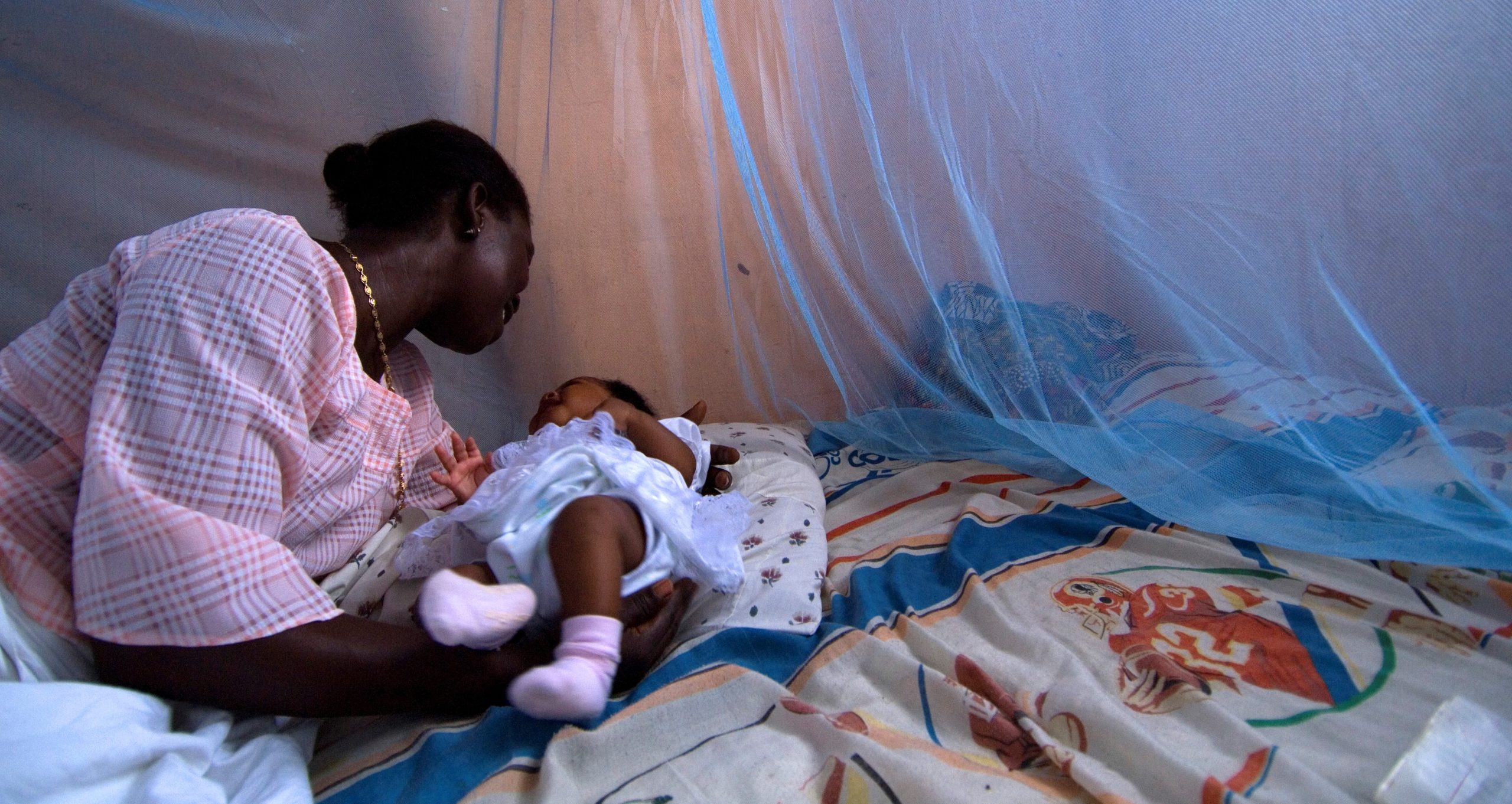Efforts to control and eradicate malaria have focused on strengthening public health systems, increasing access to critical health services, and delivering life-saving medicines and resources.
The World Health Organisation (WHO) estimated that in 2017 there were 219 million cases of malaria worldwide, the vast majority in Africa (92%), and approximately 435,000 deaths from malaria. Children under five were most vulnerable, accounting for 61% of deaths. However, the number of malaria cases has dropped in recent years – WHO estimates there were 20 million fewer malaria cases in 2017 than in 2010
UK research provides leading contributions to malaria control and eradication efforts, through:
- Prevention strategies – encompass behaviour and infrastructure changes
- Control strategies – focus on gaining a better understanding of malaria epidemiology (its frequency, distribution, causes, and risks) to inform better planning
- Treatment strategies – include improving methods to detect malaria parasites and evaluating the effectiveness of treatments.
Influencing behaviour and infrastructure changes
UK research has identified prevention strategies that can lower transmission rates in malaria-prone regions:
- Hanging and re–treating insecticide-treated nets (ITNs): Researchers at Cochrane analysed 23 trials in Africa, Asia and Latin America revealing that ITNs reduce child mortality, saving between 3.5 – 5.6 lives per 1,000 children.
- Housing improvements and malaria risk: A study led by the University of Oxford examined how housing in sub-Saharan Africa could be modified and improved to lower malaria infections. Housing with metal roofs and brick or concrete walls can reduce mosquito entry.

